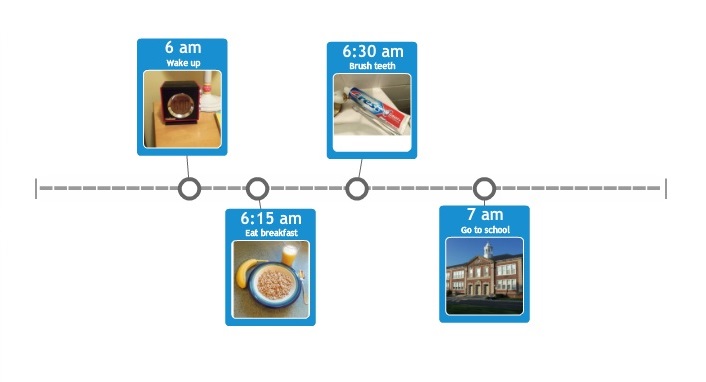

Yet all of those missing features hardly mattered and nearly everybody knew it. Comparatively, the iPhone didn't support 3G, it didn't support multitasking, it didn't support 3rd party apps, you couldn't copy or paste text, you couldn't attach arbitrary files to emails, it didn't support MMS, it didn't support Exchange push email, it didn't have a customizable home screen, it didn't support tethering, it hid the filesystem from users, it didn't support editing Office documents, it didn't support voice dialing, and it was almost entirely locked down to hackers and developers.
TIMELINE 3D FOR IOS WINDOWS
Windows Mobile, Palm OS, Symbian, and even BlackBerry were all established systems in 2007, with a wide and deep array of features. How did we get from a platform that began without third-party apps, multitasking, or even copy / paste support to where we are today? Read on to see exactly how Apple evolved its mobile platform over the years, in our history of iOS.Īlthough it may be difficult to imagine now, when the original iPhone was introduced, it was actually well behind the competition when it came to a strict feature-by-feature comparison. And iOS 8 - launching on devices this fall - looks to evolve the story even further. Far from suffering from the "feature creep" that typically bogs down operating systems over time, iOS has managed to stay relatively snappy and is more internally consistent than anything else available today. Perhaps the most remarkable thing about iOS is how similar the OS as it exists today is to the OS as it existed 2007, yet the number and breadth of features that Apple has baked in since then is mind boggling.

IOS 7, the system currently powering Apple's mobile devices, offers an easy-to-understand smartphone operating system to new users, a powerful platform for app developers, and a relatively un-fragmented experience across multiple devices. Through what can only be described as relentless and consistent improvement over the years, Apple has made iOS one of the most feature-rich and well-supported platforms on the market. That certainly doesn't mean it's underpowered or underfeatured - quite the contrary. That world is moving so quickly that iOS is already amongst the older mobile operating systems in active development today. In the five-plus years since then, the iPhone, iPad, and iPod Touch have literally redefined the entire world of mobile computing. * Import your timelines from previous versions of Timeline 3D and Easy Timeline.In what is widely regarded as his greatest presentation ever, Apple's Steve Jobs introduced the iPhone to the world on January 9th, 2007.

* Choose from different background themes * Include optional information such as notes, web links, and tags * Quickly enter events with dates and times in any global format
TIMELINE 3D FOR IOS FULL
* Present your timelines full screen and with 3D perspective Timelines help you understand and present history with new perspective! Make timeline charts of world history, family trees, fictional stories or business deadlines. Present historical events with Timeline 3D to reveal connections and clarify relationships. This education edition includes all of the functionality of Timeline 3D without any in-app purchasing to make it easier for schools and enterprises to manage.

Timeline 3D for iOS is the simplest way to create beautiful multimedia timelines.


 0 kommentar(er)
0 kommentar(er)
